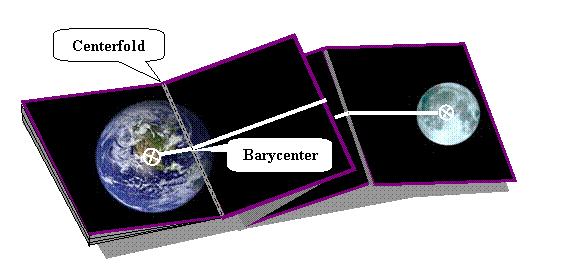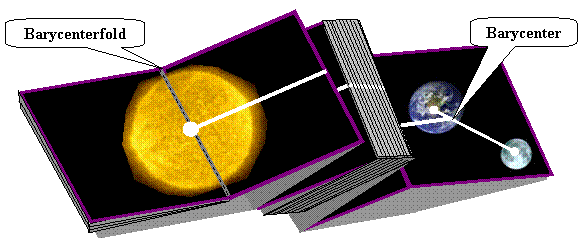|
Copyright ©2006 by Paul Niquette. All rights reserved. |
|
acid test, amplify, attenuate, ballast, ballistic, bandwidth, benchmark, blue print, buoyancy, centrifugal force, chain reaction, coalesce, critical mass, cross-section, debug, decode, dilution, encode, epicenter, fission, flip-flop, focal-point, friction, fusion, glitch, gyroscopic, half-life, hypergolic, interface, inertia, knee of the curve, law of averages, least common denominator, leverage, litmus test, meltdown, modular, mutation, network, path of least resistance, orthogonal, power curve, precession, pushing the envelope, ratchet, reboot, short circuit, sound barrier, spectrum, super-charged, torque, traction, transparency, triangulate, turbulence, vector, and viscosity...have been appropriated from science and technology to perform expressive services in other realms. None more so than center of gravity, which has many applications -- from the literal (predicting the stability of an automobile in a curve), to the practical (selecting the site for a new school in a residential neighborhood), to the metaphorical (finding a compromise in a range of political opinions). Every solid object, whatever its shape, has exactly one center of gravity -- a point at which the entire mass of the object can be concentrated insofar as gravity is concerned. Suspend the object at its center of gravity and it will be balanced there in any position without a tendency to rotate. Toss the object aloft with any amount of spin and it will always rotate exactly around its center of gravity. We all understand these things, and... Oops: a tossed object, while falling, does not experience gravity -- rather has its weight balanced by acceleration, making it "weightless." Thus, the spinning of an object around its center of gravity has nothing to do with gravity. Same for objects in space. Indeed, the phrase "center of gravity," which is so familiar to us all, may be something of a misnomer. For this puzzle, we shall prefer the phrase "center of mass," which, like ‘mass’ itself, maintains its full meaning for an object anywhere in the universe, with or without gravity. Celestial bodies -- stars and planets and moons -- each spins unendingly and unerringly around its own center of mass.
For example, the moon appears to orbit the earth every 29 days at a distance of 239,000 miles. Our planet, which has a circumference of about 25,000 miles, is 81 times as massive as the moon. Suppose you wanted to depict them both in, say, a magazine fold-out and show the location of their barycenter. Your illustration might look something like this...  
|
